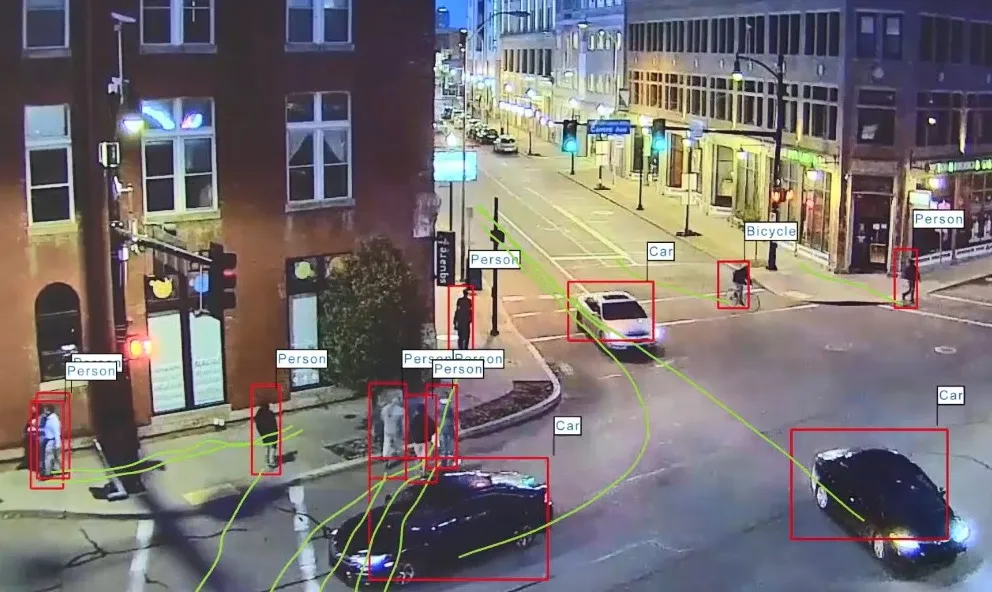OnLane, the lane departure warning system developed by US commercial vehicle safety technology provider Meritor Wabco is now available as an option on Freightliner Cascadia and Freightliner Cascadia Evolution models.
Powered with SafeTrak technology by Takata, OnLane is a forward-looking, vision-based lane departure warning system designed to monitor road markings and the vehicle's position in the lane. The one-box solution integrates a camera and electronics system and delivers distinct and separate au
November 11, 2013
Read time: 2 mins
OnLane, the lane departure warning system developed by US commercial vehicle safety technology Provider 6397 Meritor Wabco is now available as an option on Freightliner Cascadia and Freightliner Cascadia Evolution models.
Powered with SafeTrak technology by Takata, OnLane is a forward-looking, vision-based lane departure warning system designed to monitor road markings and the vehicle's position in the lane. The one-box solution integrates a camera and electronics system and delivers distinct and separate audible warnings to the driver if the vehicle leaves its lane unintentionally, encouraging the use of turn signals.
OnLane also provides a driver alertness warning (DAW), which detects erratic or degraded driving based on lane weaving and provides a warning to the driver. This powerful tool helps drivers stay aware of dangerous driving situations caused by fatigue or distraction.
"As the market leader in collision mitigation systems in North America, Meritor Wabco's OnLane helps improve safe driving, particularly when used as part of an overall integrated safety system," said Carsten Duevell, senior director, Vehicle Control Systems, Meritor Wabco.
Powered with SafeTrak technology by Takata, OnLane is a forward-looking, vision-based lane departure warning system designed to monitor road markings and the vehicle's position in the lane. The one-box solution integrates a camera and electronics system and delivers distinct and separate audible warnings to the driver if the vehicle leaves its lane unintentionally, encouraging the use of turn signals.
OnLane also provides a driver alertness warning (DAW), which detects erratic or degraded driving based on lane weaving and provides a warning to the driver. This powerful tool helps drivers stay aware of dangerous driving situations caused by fatigue or distraction.
"As the market leader in collision mitigation systems in North America, Meritor Wabco's OnLane helps improve safe driving, particularly when used as part of an overall integrated safety system," said Carsten Duevell, senior director, Vehicle Control Systems, Meritor Wabco.










